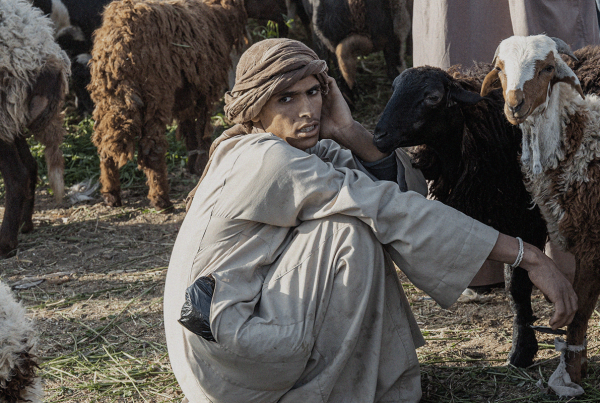100,000 children are trafficked each year in the United States, and many of those youth have been in foster care. Foster care and human trafficking are tragically linked. Though recent studies have not been conducted, a report from the FBI showed that 60% of child sex trafficking victims recovered through FBI raids across the U.S. in 2013 were from foster care or group homes.
The 2019 Trafficking In Persons Report confirmed that groups at risk of human trafficking included children in the child welfare system, juvenile justice system, and foster care. Of the more than 23,500 runaways reported to NCMEC (National Center for Missing and Exploited Children) in 2019, one in six were likely victims of child sex trafficking.
A 2018 report to Congress from the Department of Health and Human Services found that “female youth made up more than three-fifths (61.4%) of reported runaways from foster care between 2012 and 2017.” Underage girls are more at risk to run from foster care, and typically run more than once. 12- to 14-year-olds are most often victims of trafficking.
Why are youth running from foster care at risk of human trafficking?
Runaways are often seeking friends, a romantic partner, or even their family from whom they were separated. Traffickers lure the vulnerable with offers to meet needs such as housing, food, alcohol, drugs, and even affection.
Most often, pimps will use emotional manipulation to control and exploit vulnerable teens who are desperately searching for connection and value. It is common to find that those abused do not realize they are victims of the crime of sex trafficking, and thus quietly endure abuse. And the use of online social media to both recruit potential victims and to exploit them is now more prevalent than ever.
A story of foster care and human trafficking
They called her Lily.* She was just 13-years-old when police found her. Her eyes held the emptiness of someone who had seen too much. Like so many kids in the foster care system, her mom’s addiction to alcohol and painkillers meant neglect for her and her younger brother Benjamin.*
When she was 7-years-old, her mom was arrested for driving under the influence. That meant jail time for their mom, and Lily and Benjamin had to move to a town an hour away to live with their grandma. Their dad was in prison for selling drugs, among other things. School work disrupted, friends left behind, foundations rattled. Again. It wasn’t the first DUI.
Over a few weeks, the elementary school staff suspected that Grandma also wasn’t caring for Lily and Benjamin. They were often tired, hungry, and unkempt. Another case of neglect. A common story in this small town.
And so foster care began. Lily and Benjamin were split up. New “families,” new schools, new faces, new rules. Not once, not twice, not even three times, but four.
By the time Lily was 12, she believed that no one cared. And that’s when she met Nate. Behind the 7-11 where she went to smoke with her friends. Smoking brought the attention she craved. It was a way to belong.
Nate was in his twenties, but he said he was 18. He said Lily was beautiful and should have nice things. He said he could be her friend. He offered her snacks, at first, and gave her a few dollars when she asked. He even took her to the movies. Her foster family thought she was at track practice and art club, but she was with Nate. He told her to keep their friendship a secret. It was their special secret. He said she should run away with him. He said he loved her. They could make a happy life together, maybe in California. He said he’d come for her the next morning, at the 7-11 near school.
They drove west, stopping at motels along the way. Watching movies, eating junk food, and drinking cheap liquor.
Then Nate demanded more.
California was beautiful. But Lily didn’t see it. Her vision was blurred by the drugs Nate gave her, her mind muted for the men he sold her to. But he said he loved her. And no one else did. He said she made him happy, and his friends too. She didn’t have to go to school. He bought her clothes at the mall, and he only hit her when she complained of being tired, so she tried not to. This was her life.
Until the police came. Lily was just thirteen.
Lily’s story is a fictional representation of a typical runaway story in the foster care system today. It represents the reality for so many children and young people navigating the foster care system in the USA.
Though the reality can be disheartening, they show the great need for supportive foster care families for children ranging from birth to age seventeen. If you are interested in learning more about foster care and its requirements, click here to be directed to foster care agencies and support groups in your area.
| If you believe your child is missing, The National Center for Missing and Exploited Children provides a free hotline and instructions on how to effectively report your child and seek help. |
*Lily is a fictional representation of a typical runaway story in the foster care system today and is meant to highlight the vulnerabilities that lead to child trafficking within the USA.
Reference of foster care correlation to trafficking statistics can be found here.
Join the TraffickWatch Community and Access the Course
Provide your email below, and we’ll email you access to our free online course on human trafficking. We’ll also occasionally email you educational resources and ways to get involved in fighting human trafficking.







